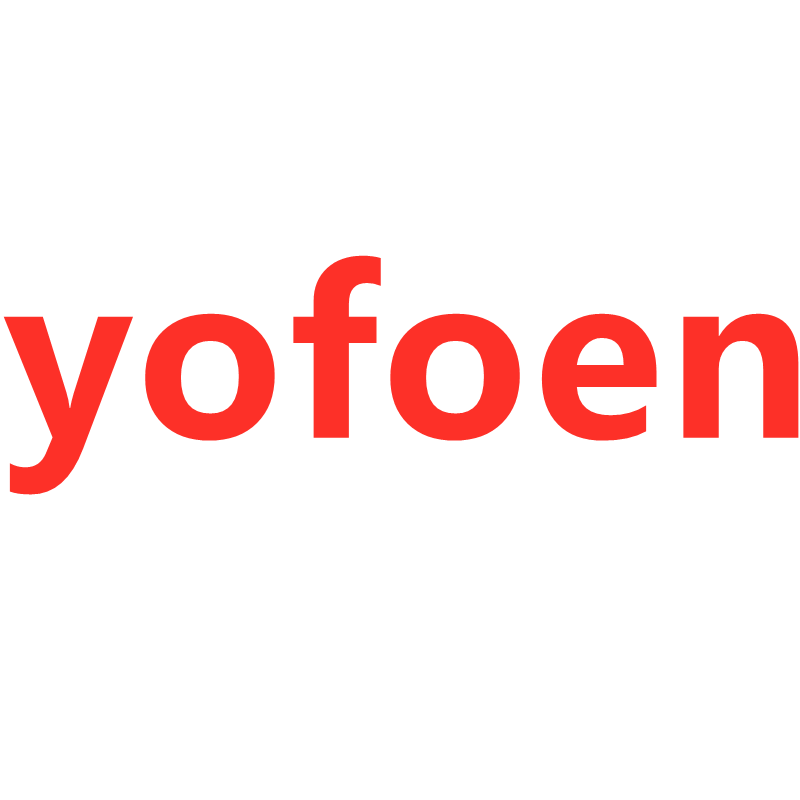I. Definition of the "3+1 Service" Model
- "3" = Three Core Communication Nodes: Proactively update customers on progress at three key stages: after order confirmation, during production, and 24 hours before delivery.
- "1" = One Delivery Guarantee Mechanism: Develop contingency plans for potential risks affecting delivery (e.g., equipment failure, logistics delays) to ensure 100% on-time delivery.
II. Detailed Operations for the Three Core Communication Nodes
1. Node 1: Within 24 hours after order confirmation (Initial Communication)
-
- Confirm order details (product specifications, quantity, delivery date, shipping address, etc.);
- Inform the customerProduction Process Timeline(e.g., "Raw material procurement: 3 days → Production processing: 10 days → Quality inspection: 2 days → Logistics: 4 days");
- ProvideDedicated Customer Service / Project Manager Contact Information(phone, WeChat, email) and clarify the "7×12-hour response" commitment.
2. Node 2: During production (Regular Proactive Updates)
-
- Regular Orders: Send a "Production Progress Report" by 17:00 every Friday;
- Expedited / Customized Orders: Update every 3 days (may include production site photos, quality inspection data screenshots).
-
- Current production stage (e.g., "Raw material cutting completed, entering stamping process");
- Key data disclosure (e.g.,Yield Rate 98%,Reasons for Schedule Advance / or Delay and Countermeasures);
- Next steps (e.g., "Expected to enter quality inspection phase 2 days ahead of schedule").
3. Node 3: 24 hours before delivery (Final Confirmation)
- Communication Content:
- ConfirmFinal Delivery Time(accurate to the hour, e.g., "Delivery by 14:00 on June 15");
- ProvideLogistics Tracking Number and Query Link, provide logistics company customer service phone number;
- Remind the customerReceiving Precautions(e.g., "Please record a video during unboxing inspection and report any damage within 24 hours").
- Risk Pre-Control:
-
- In case of emergencies (e.g., logistics delay due to heavy rain),Issue a 48-hour advance warningand provide solutions (e.g., "Coordinate with backup logistics company to ensure on-time delivery").
III. One Delivery Guarantee Mechanism: End-to-End Risk Management
1. Production Side: Establish a "Delivery Countdown Board"
- Visual Management: Set up electronic screens in the workshop to display real-timeRemaining Production Time, Bottleneck Processes, Responsible Personnelfor each order;
- Capacity Warning: If progress in any环节 lags behind by more than 12 hours, the system automatically triggers aThree-Level Warning(Yellow → Red → Emergency), and management intervenes to coordinate (e.g., reallocating equipment from other workshops, adding overtime shifts).
2. Logistics Side: Dual Logistics Provider Backup Plan
- Primary Logistics Provider: Select long-term partners with stable timeliness (e.g., SF Express, JD Logistics);
- Backup Logistics Provider: Contract 1-2 regional emergency logistics providers (e.g., local dedicated truck fleets) to ensure方案切换 within 2 hours if the primary provider fails.
- Logistics Monitoring: ViaGPS Positioning SystemReal-time tracking of cargo location. If a delay exceeding 1 hour is anticipated, immediately activate contingency plans.
3. Emergency Response: "24-Hour Delivery Task Force"
- Personnel Allocation: Form a cross-departmental team of 5-10 members (production, quality control, logistics, customer service) responsible for handling urgent orders or unexpected issues;
- Response Mechanism: Upon receiving notification of delivery risks, develop a solution within 30 minutes (e.g., "prioritize production using semi-finished inventory," "arrange dedicated vehicle for direct delivery") to ensureproblem resolution within 48 hours..
IV. Supporting Tools and Technical Assistance
- Customer Communication Tools:
- Enterprise WeChat/DingTalk: Establish dedicated customer service groups supporting file sharing and message notifications;
- Email Templates: Pre-set standardized templates for order confirmation, weekly progress updates, delivery notifications, etc., to enhance communication efficiency.
- Production Management System:
-
- MES System: Collect real-time production data (equipment status, process duration, yield rate) and automatically generate progress reports;
- CRM System: Record historical customer communication logs and preferences (e.g., "customer prefers receiving progress reports every Wednesday morning") to achieve personalized service.
- Data Analysis and Optimization:
-
- Monthly analysis ofon-time delivery rate,,customer complaint rate,,and communication satisfaction.For metrics falling below 95%, initiate targeted improvements (e.g., optimizing bottleneck processes, changing logistics providers).
